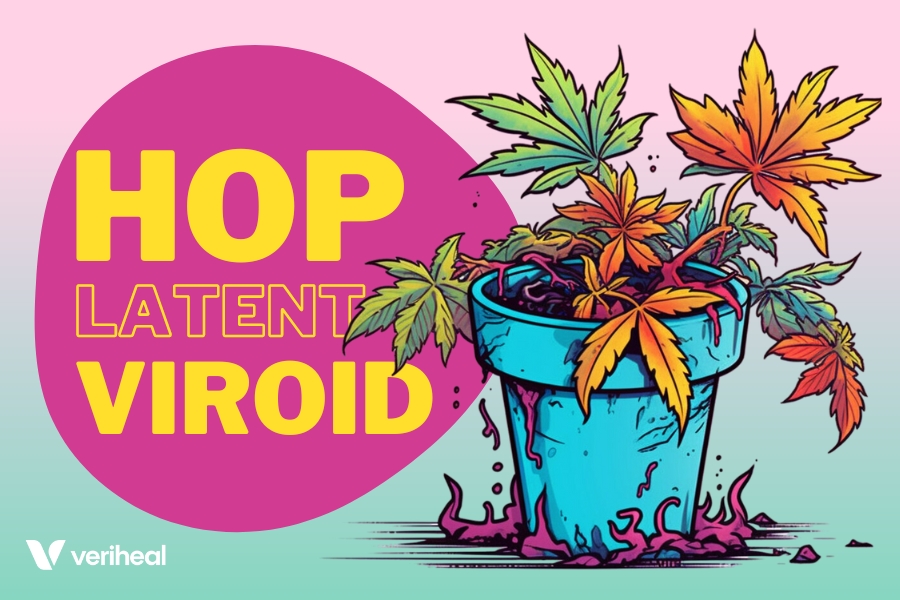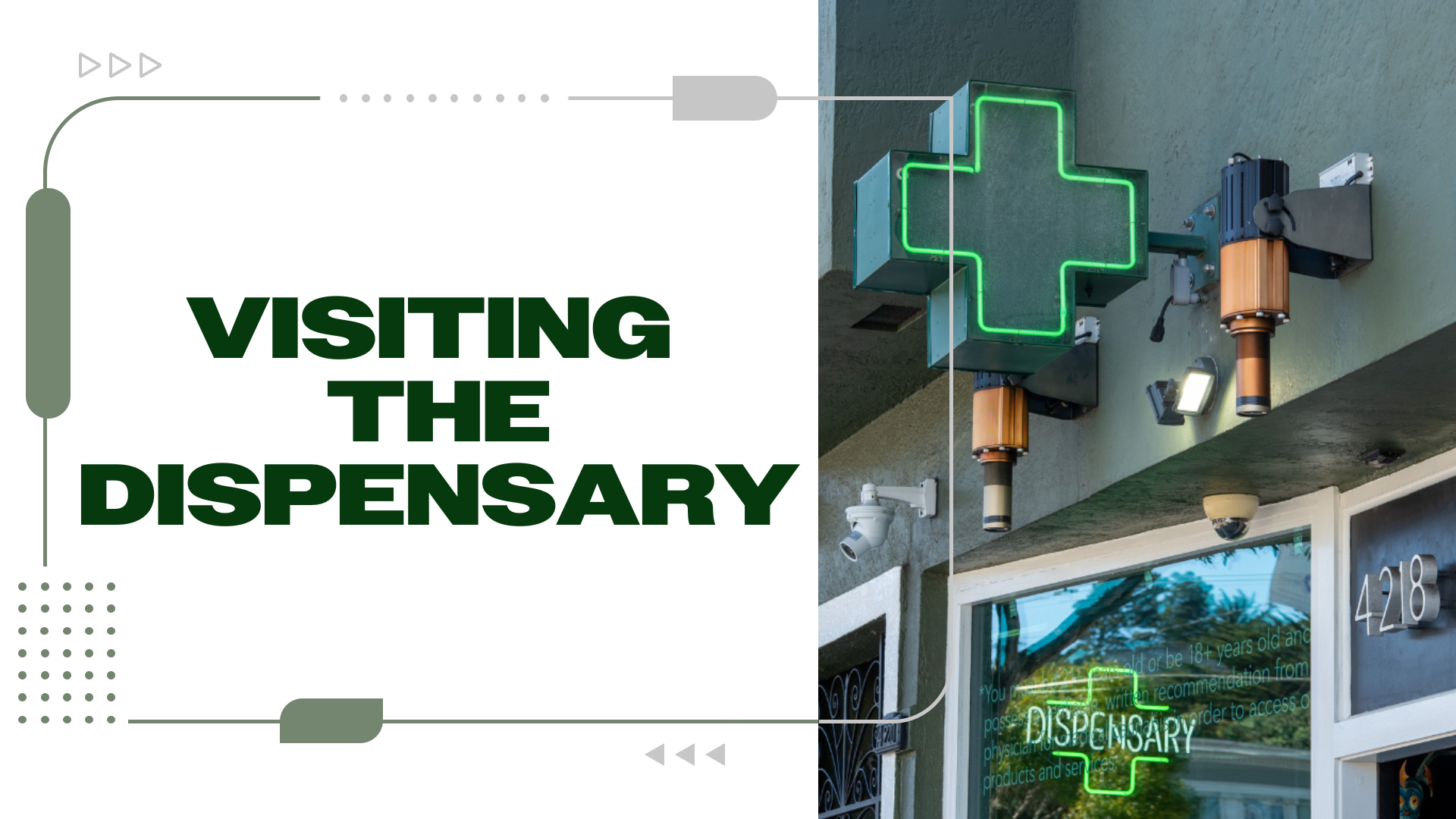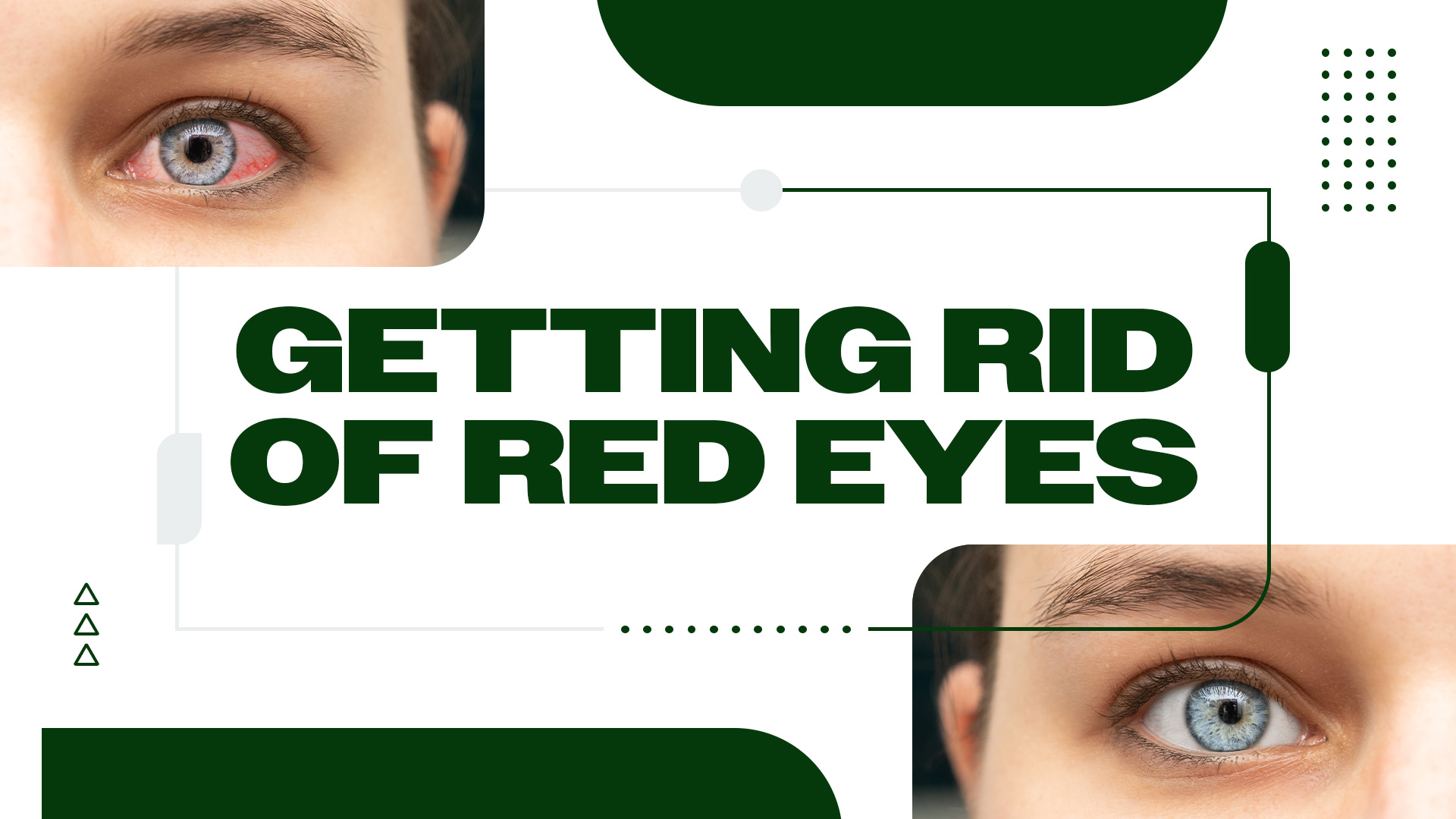The legal cannabis industry has budded into a multi-billion-dollar industry. But something stands to eat away potential future profit. Even worse, it could destroy cannabis as we know it. Cannabis growers face many challenges when growing the plant we all love so much—spider mites, thrips, mold, mildew. Now, growers have something new to be leery of called a hop latent viroid.
In 2018, something awful surfaced in a cannabis cultivation site in California known as the infectious hop latent viroid (HLV). You want to avoid HLV at all costs. Sadly, it may be too late, as HLV is believed to have spread across North America and possibly worldwide. Over time, what started as viral and pest problems became a genetic issue.
What Is the Hop Latent Viroid?
Let’s look at this viroid and see what it’s all about. The National Cannabis Industry Association (NCIA) says, “Hop Latent Viroid (commonly known as Dudding Disease) is a single-stranded, circular infectious RNA. It is not a virus.” Now let’s take a quick look at some information on RNA.
The dictionary says RNA is “ribonucleic acid, a nucleic acid present in all living cells. Its principal role is to act as a messenger carrying instructions from DNA for controlling the synthesis of proteins, although in some viruses RNA rather than DNA carries the genetic information.” The National Institutes of Health says, “RNA agents have been shown to play essential roles in evolution and regulation in all DNA/protein-based life.”
As you can imagine, HLV can wreak havoc on cannabis plants. Havoc in the form of billions of dollars in losses for cannabis cultivators. This is an effect that will also be felt by consumers. HLV could be devastating to the foundation of cannabis cultivation as we know it. HLV hits hard when it hits. Let’s look at what happens when a cannabis crop gets hit with HLV.
The Devastating Effects of HLV
When HLV hits, it hits hard. It can start from the beginning or just show up randomly during veg or flowering. Plants hit with HLV show signs of damage that there is no recuperating from. When HLV is present, there is no number of adjustments that can help. It’s a chop the crop and starts over from scratch kind of problem, cleaning everything thoroughly.
Plants infected with HLV during the vegetative stage show issues like yellow leaves, abnormal branching, frail stems, stunted growth, and more. Plants affected with HLV during the flowering stage have smaller buds, a significantly reduced presence of terpenes, and up to a 50% loss in cannabinoid production.
Professor Zamir Punja from Simon Frazier University in British Columbia, Canada, told the media “You can’t adjust anything, such as environmental controls, to fight it. It’s either there or it’s not. And once it’s there, and it’s not recognized, then you just automatically spread it.”
Why You Should Get Your Medical Marijuana Card
Veriheal has satisfied millions of patients nationwide by giving them access to these benefits
- Larger purchase limits
- Peace of mind
- Enhanced legal protection
- Access to higher potency strains
- Save up to 25% on cannabis purchases
- Skip the line at the dispensary
How Is HLV Spread?
HLV isn’t a virus that is spread by contamination. It is contamination that is part of a cannabis plant’s genetics waiting for a chance to rear its ugly head. Poor cleanliness practices at a cannabis grow facility are perhaps the biggest culprits supporting the spread of HLV. According to the experts, HLV is stealthy, waiting for the opportunity to strike. It’s believed that trim tools and human hands are behind the widest spread of HLV.
During grafting or regular vegetative propagation, the viroid can quickly be spread through plant roots into the leaves. In as little as 2 to 3 weeks, you have a full-blown problem on your hands. HLV tends to affect hydroponic growth at a higher rate because of the ease of moving through the water to infect the plant’s root system.
Researchers suggest HLV is unavoidable. It is said to be in the water of hydroponic grows and the soil of indoor and outdoor grows. Beyond this, the pathogen is also present in the seed itself. It can be spread by touch, insects, and even airborne. It is estimated that HLV affects roughly 30% of all cannabis plants cultivated in America. Media reports believe the first identified case of HLV surfaced In 2017 at Glass House farms in Ventura County, California.
How Is HLV Detected?
There are tissue tests that can be done to look for HLV, but these tests are not solid answers. The first test, even the second test, might show up negative, but a third test, weeks down the road, could show up positive. When it seems like all hope is lost, help may have arrived.
That help I mentioned comes from none other than a bioscience company. This company claims to have a method to clean infected plants by using tissue culture. Other companies that specialize in biosciences have developed test kits that expose the presence of HLV. According to one bioscience company, the best way to avoid HLV is by employing good biosecurity SOPs.
Will we ever be able to get rid of HLV completely? French diagnostic solution company Biomerieux told the media, “If there’s a hope to get rid of it, that would be CRISPR genetic engineering or using selective breeding to breed plants that are resistant to it.”
HLV 2023
HLV could destroy cannabis as we know it. But here to save the day are bioscience and genetic companies. It almost seems as if HLV was engineered into the genetic sequence of cannabis. It wouldn’t be the first-time greed has gotten the best of humankind. It sure is a good thing that these bioscience companies can get to the root of this new problem so quickly and efficiently.
Take steps to avoid HLV in your cannabis grow. Cleanliness is extremely important. Clean tools, wear gloves and protective clothing to avoid the spread of unwanted pathogens. Keep a clean environment limiting visitors. When visitors are a must, make sure they wear protective clothing, shoe coverings, gloves, etc., and limit direct contact with plants.
Author, Share & Comments















